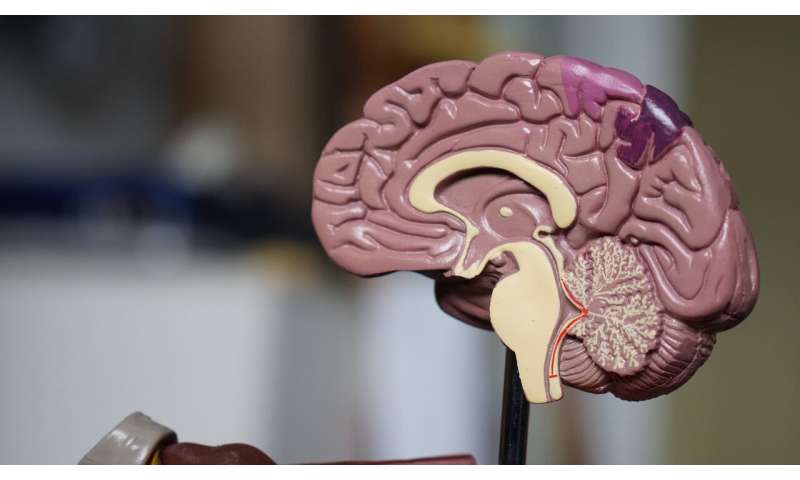

All biological activity in the body produces waste that needs to be removed. This is also true for the brain. Previous research has shown that mouse brains have their own cleaning system, which is called the glymphatic system. Researchers in Lund have now taken the next step and examined the cleaning system in pigs, whose anatomy and brains are very similar to humans.
This research is also the first to show that the cleaning system, which is believed to prevent disease and prolong healthy life span, also exists in the brains of larger mammals.
“Up until now, it was merely an assumption that this cleaning system exists in brains of larger mammals. Now we now know for certain that it exists,” says Iben Lundgaard, neuroscientist and Associate Senior Lecturer at Lund University, who led the study.
More specifically, the researchers have studied how cerebrospinal fluid enters and flows in the brain tissue. The blood vessels in the brain are surrounded by an area called the perivascular space where the cerebrospinal fluid gains access to the brain and washes away the waste proteins that the brain no longer requires. When we sleep, this space expands and more fluid can flow through it.
“We discovered that the cleaning fluid’s entrance to the brain is concentrated along the folds of the brain, which suggests that these folds act as highways for the cleaning system. We also discovered that the cleaning system is much more active in the folded pig brain, which has folds like the human brain, than in the smooth mouse brain,” explains Nicholas Bèchet, Ph.D.-student.
https://youtube.com/watch?v=SZmE7-9ND3w%3Fcolor%3Dwhite
Studies previously performed on mice has shown that the protein amyloid beta, which causes Alzheimer’s disease when it accumulates into plaques, is removed by the cleaning system. Since the brain continuously produces amyloid beta it is very important to have a disposal mechanism to avoid that it accumulates and cause disease.
“We were thrilled to find that the extent at which the cleaning fluid enters the brain was four times greater in pigs than in mice. This indicates that the brain’s cleaning system has developed further with evolution. This is a big step forward in showing that this system is not only found in rodents but that it has been preserved and even enhanced in larger mammals,” says Nicholas Bèchet.
To conduct the study, the researchers have used new techniques that make it possible to create 3-D movies of the cleaning system.
“We made tissue blocks transparent by using ‘optical clearing’ and then imaged them with a ‘light sheet’ microscope, which allowed us to create 3-D-movies. This provided us with an overview of the architecture of the brain’s cleaning system with details that have never been seen before in a large mammal,” says Iben Lundgaard.
The researchers believe that their discovery can lead to the development of new treatments for neurodegenerative diseases such as Alzheimer’s and Parkinson’s disease.
Source: Read Full Article